Richard Bailey’s job title describes the work of a modern gamekeeper in the Peak District National Park
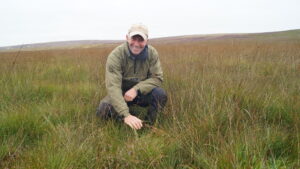
Richard Bailey’s job title, Conservation Manager, describes his work on the moors of the Goyt Valley, delivering a host of public goods including habitat for some of the UK’s rarest wildlife. A good example is the curlew, which has declined by 64% across the UK since 1970 and is globally threatened. Like other grouse keepers in the Peak District, Richard employs measures to provide suitable nesting space for the much-loved wader and a host of other nationally declining species by restoring moorland vegetation through conservation grazing, controlling invasive bracken, and cutting and burning heather.
He said: “Curlew and golden plover prefer shorter vegetation. I’ve got footage of us cutting in March and them nesting on that ground six weeks later. I’m also delighted that counts show most grouse moors in the Peak District did really well with their waders last year in spite of continuing national declines.”
Estate facts
Location: Goyt Valley, Peak District
Type of farming: Sheep
Acreage: 3,000
Funding grants: HLS
As well as being dependent on access to the right habitat, ground-nesting birds like lapwing, golden plover and curlew are highly vulnerable to predators, and predation management is essential to avoid population decline and local extinction. It is because collectively grouse keepers manage predators over such a large area that, unlike other parts of the UK, the Peak District has sustainable populations of waders. Rather than seeking to eradicate all predators, Richard’s aim is to alleviate predation pressure during the breeding season. He said: “You can reduce the impact but there will always be predators. Many must come in from areas with no management and the urban areas near my patch, otherwise why am I culling the same number year on year?”
In addition to the 3,000 acres of moorland his employer Lord Derby leases from a local water company, Richard has permission from farmers on a further 2,000 acres of grazing land where he does them a service by protecting their livestock from foxes and crows. This also creates an invaluable buffer zone for the moor.
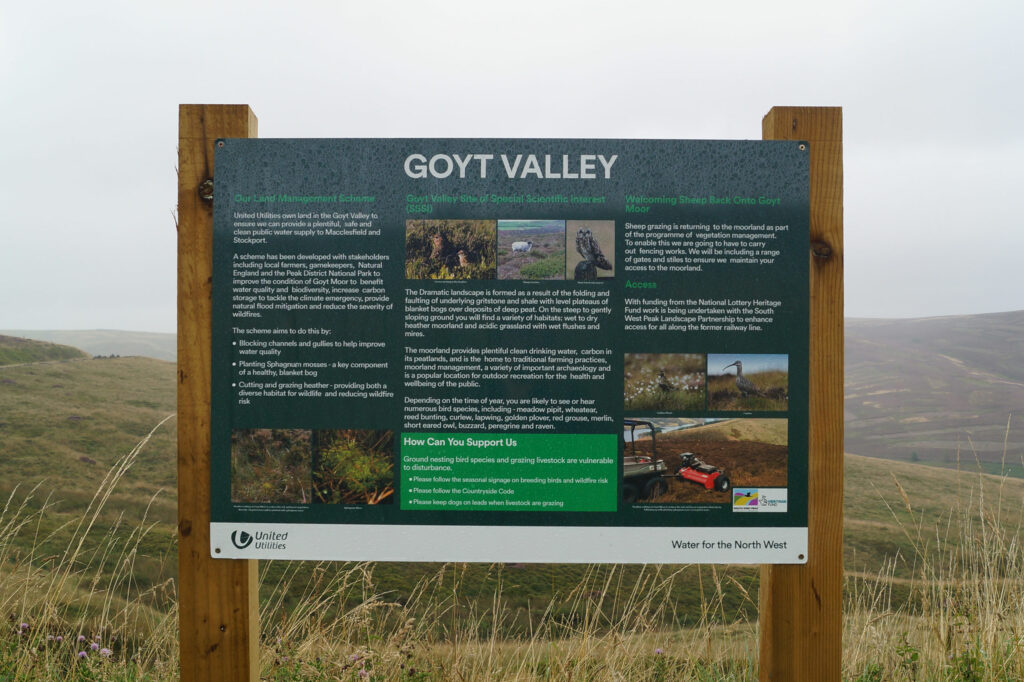
Predation management takes a huge amount of time and effort with many nights spent out alone. Richard explained: “Keepers put long, antisocial work shifts in during the breeding season for the benefit of all vulnerable moorland species and the visitors who enjoy seeing them.” He is concerned that public campaigns to restrict predator control are having a damaging impact on prey species. “We only use humane traps and follow best practice guidelines, but we are seeing more red tape being loaded on to what is an already highly regulated area. If the licensing system becomes too restricted, the knock-on effect will be losing an iconic species like the curlew.”
Birds of prey are among the wide range of wildlife to benefit both directly and indirectly from predator control. Ground-nesters such as red-listed merlin, hen harrier and short-eared owl are preyed on by foxes and crows, and fewer stoats and weasels means there are more voles, which are a principal part of their diet. Richard was proud to have five pairs of short-eared owls successfully nesting on his beat this year. He said: “We call the area near the road where they hunt ‘binocular bend’ because people come from miles around to watch them. Over the years I have got to know several ornithologists very well and some interesting discussions and friendships have developed.”
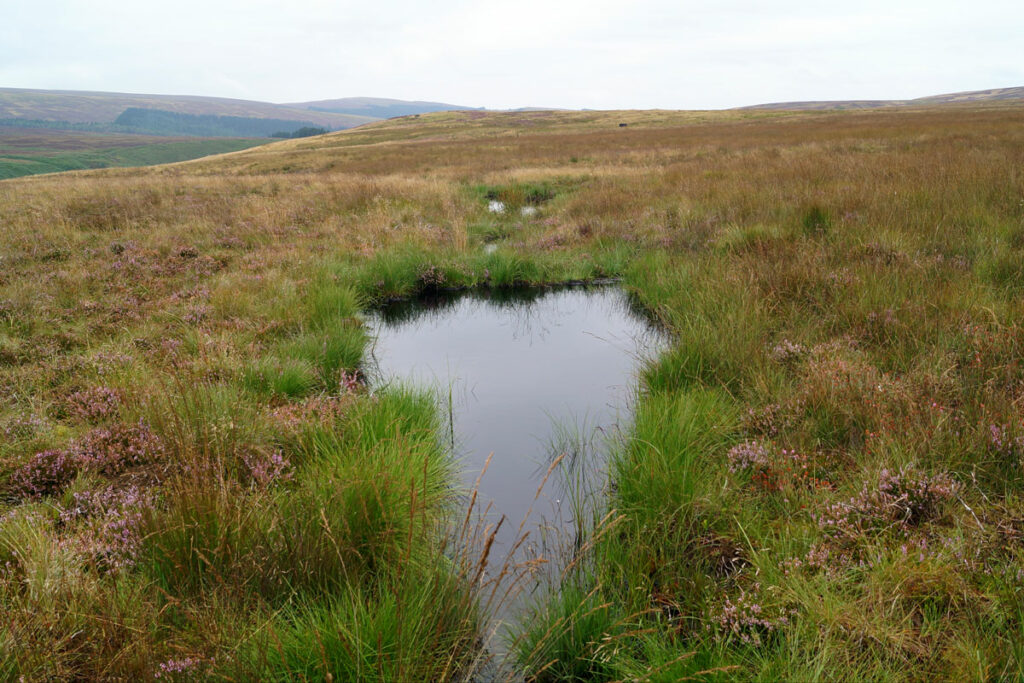
The owls have also benefitted from a programme of reseeding moorland plants and rewetting, which Richard has overseen using diggers to block and reprofile the grips or drains. There is a common misconception that moors are drained for grouse shooting, whereas, in fact, it was done to improve grazing and, ironically, it is grouse moors that began the process of filling in the channels. Richard explained: “I’ve got pictures of myself and Lindsay Waddell, a well-known moorland gamekeeper, installing wooden dams on grips 30 years ago to create bog flushes for insects.” As well as being good for wildlife, holding water on the moors mitigates the risk of flooding and encourages the growth of sphagnum and other peat-forming vegetation, helping to store carbon.
Rewetting is also an important tool in the fight against wildfires, which, due to drier springs and summers, are increasingly common, doing catastrophic damage to the moors and their wildlife. Gamekeepers’ unique skill set and local knowledge mean they play a vital role in both mitigating and fighting fires. Their specialist equipment such as all-terrain vehicles fitted with water tanks and hoses allows them to access areas that would often be impossible for fire engines and, unlike park rangers, they are not restricted to a five-day week.
Richard is not able to carry out controlled burns in the Goyt Valley under the terms of the lease, but he is often called on to fight wild fires. He said: “When the Saddleworth fire spread to the RSPB’s Dovestone Reserve, I was one of 20 keepers with Argocats who volunteered to help. I went back on a Sunday, which happened to be my daughter’s birthday. When we arrived, the whole place was smouldering and the RSPB warden said, ‘I’m so pleased to see you. I thought I was the only person up here.’”
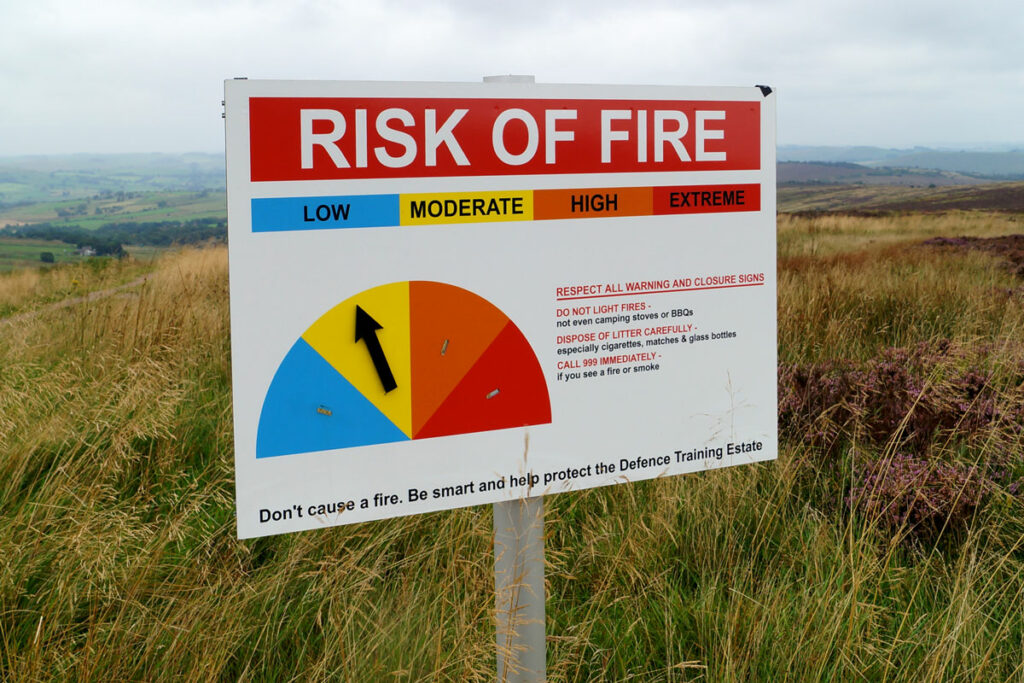
At night, wind and temperature drop and dew descends, making it easier to get a blaze under control. For this reason, gamekeepers often stay to fight fires after dark, whereas on many occasions the fire service is required to pull its crews off until the morning. Moreover, local knowledge of the terrain regularly prevents disaster, as Richard explained: “One evening, I clocked some lads in a Fiesta racing away from a wooded quarry in the middle of the moor. I saw the smoke on the way home and knew they must have started a fire. I phoned the fire brigade and two colleagues, who brought an Argocat to stop the blaze reaching the moor. When the fire brigade arrived, they were going to fight it from the back, but knowing the huge fuel load ahead, we said we needed the hoses at the front, so they moved them. Due to the height of the heather and the wind direction, if it had got onto the moor, the blaze would have gone all the way to the Cat and Fiddle pub, a good half a mile away. It was great teamwork by all involved.”
Although keeping water on the moor is important in mitigating the risk of wildfire, it is futile unless the vegetation is managed too. Controlled burns carried out by gamekeepers in winter are essential. These low-intensity fires do not go down into the peat but take off the surface vegetation, creating fire breaks and reducing the amount of combustible material or ‘fuel load’, Richard said. “There is a release of CO2 in managed burning, but it is nothing compared to a wildfire, which can often burn down into the peat, destroying huge carbon stores.”
Cutting rather than burning the heather has serious drawbacks. It is much more expensive and uses a lot of fossil fuel. Tractors turning on wet moorland can seriously damage and expose the peat, and the cuttings left on the ground pose a big fire risk. Richard explained: “The best thing about cutting is you can do it in all weathers. On the downside, you get a lot of trash. We’ve tried to collect it in hundreds of dumpy bags, but the damage caused in extraction by tractor and trailer was too much.”
Keeping a look out for wildfires is one of many ways in which Richard’s role is similar to a warden in the park. The vast majority of visitors behave responsibly, but gamekeepers have their work cut out clearing up after fly-tippers, preventing illegal off-roading, and tackling wildlife crime. He said: “We have a good relationship with the rural crime team, who really appreciate our assistance. Last year, Peak District gamekeepers, through their observations, helped the police track down a prolific egg thief with several clutches of eggs including a peregrine falcon’s.”
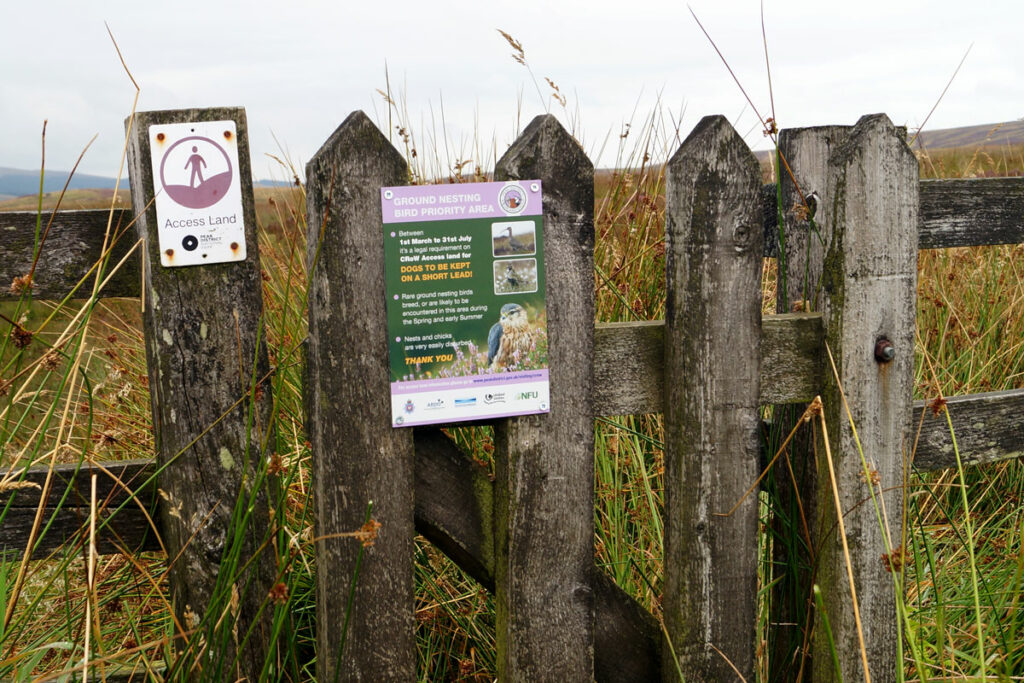
Another growing problem are commercial dog-walkers, who bring packs of dogs up on to the moor and let them run free, with potentially disastrous consequences for breeding birds. Richard has designed signs to inform the public about what bird species are present and why it’s so important that dogs are kept under close control, particularly in the spring and summer. He said: “Over the years I’ve developed a good rapport with many dogwalkers. They now understand the risk at nesting time and some actually report concerns about dogs off the lead.”
As well as chatting to members of the public on a daily basis, Richard’s role as coordinator for the gamekeepers’ Peak District Moorland Group includes visiting schools, organising tours for local groups, and giving talks at events. He said: “I love showing people the wildlife and what we do to protect it. When our local MP came to visit, we had only walked 10 minutes from the road when we found a curlew nest with a sitting lapwing just 10 yards away from it. On the same small area, we saw a recently fledged meadow pipit nest and a brood of red grouse. It was simply fantastic.”
It’s easy to forget that all this work comes at no cost to the taxpayer. The Crag Estate funds three full-time gamekeepers and yet the grouse moors are far from a commercial enterprise. 2021 was a disastrous breeding year for the estate, with the whole shooting season restricted to one small day. Richard said: “Someone looking at my job from outside might liken it to running a privately funded nature reserve, which the public can enjoy for free. The few days of shooting we have each year are the driver, and they are always very special for the community. I still wear my tweeds, but my new badge of Conservation Manager, I hope, helps people begin to better understand the modern keeper’s vital role in looking after our wonderful Peak Park and its wildlife.”
Research in Practice
Dr Siân Whitehead
GWCT English Uplands, Postdoctoral Research Scientist
In England, regulations were recently updated to restrict heather burning following reports of negative effects, and this has led to a shift toward heather cutting. Results from our 2020-21 heather cutting experiment on grouse moors in Upper Teesdale showed that while cutting reduced vegetation height by an average of 62%, moss depth fell by nearly 40%. When the cut areas were assessed, it was clear that in some places the important peat-building sphagnum mosses had been ‘scalped’ and other mosses had been completely removed. We also found that cutting resulted in a largely flat and uniform surface, regardless of the size or complexity of the moss hummock and hollow structure that was present before cutting. Our results indicate that heather cutting has an immediate impact on the moss layer and these short-term effects may influence its future response. Given how important healthy moss layers are to functioning blanket blogs, it is vital that long-term monitoring of cut vegetation is conducted. To be a sustainable alternative to heather burning, the negative effects of heather cutting need to be mitigated by benefits to land management and the ecosystem, and these need to be considered in relation to the emerging evidence around the effects of burning.
Please support the vital work of our unsung conservation heroes by giving what you can:
